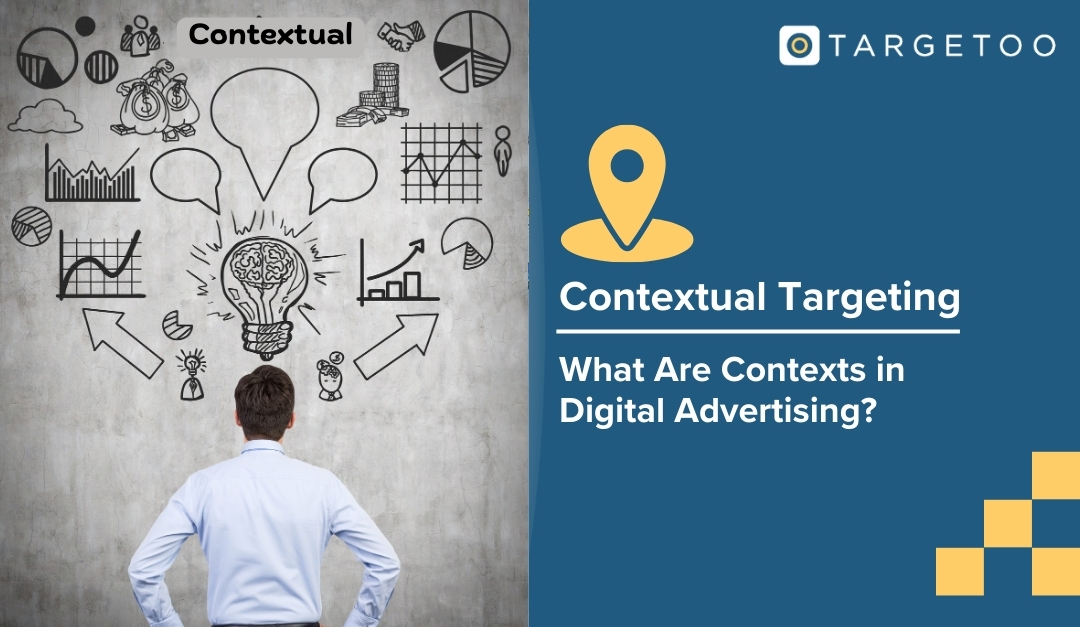In a world increasingly limited by privacy regulations and a decline in native user IDs (like cookies or mobile advertising IDs), contextual targeting—or targeting by contexts—has emerged as a powerful alternative. Contexts allow advertisers to display ads in environments that are thematically relevant to their message, without needing personal identifiers.
What Is a Context?
A context refers to the environment, topic, or theme of the content where an ad is placed. Rather than relying on a user’s past behavior, advertisers target the subject matter of the webpage, app content, video, or TV show.
Devices Where Contextual Targeting Is Available
-
Mobile (in-app and web environments)
-
Connected TV (CTV)
Why Are Contexts Important?
-
Better performance: Ads placed next to relevant content tend to perform better. For example, placing a running shoe ad in a fitness app increases relevance and engagement.
-
ID-less segmentation: In inventory where user IDs are unavailable, context allows targeting based on content themes, not user data.
-
Broader reach: Contextual targeting is privacy-friendly and globally scalable, with only limited geographic exceptions.
-
Enhanced brand safety: Placing ads in known, vetted contexts helps avoid unsafe or unsuitable environments, reducing risk.
-
Ad-fraud prevention: Contextual layers help filter out low-quality inventory.
-
Privacy compliance: Since no personal data is needed, it’s fully compliant with GDPR, CCPA, and other privacy laws.
Examples of Context Categories
-
Semantic categories: e.g., Holidays (Christmas, Diwali), Events, Industry verticals
-
Weather conditions: Useful for campaigns triggered by rain, sunshine, or temperature
-
Sentiment analysis: Positive/neutral/negative tone of text content
-
Zip code categories: Currently U.S. only; EU expansion underway
In summary, Contexts are your privacy-first way to precisely deliver ads, even when user-level data is limited or unavailable. They help keep targeting relevant, compliant, and effective.

